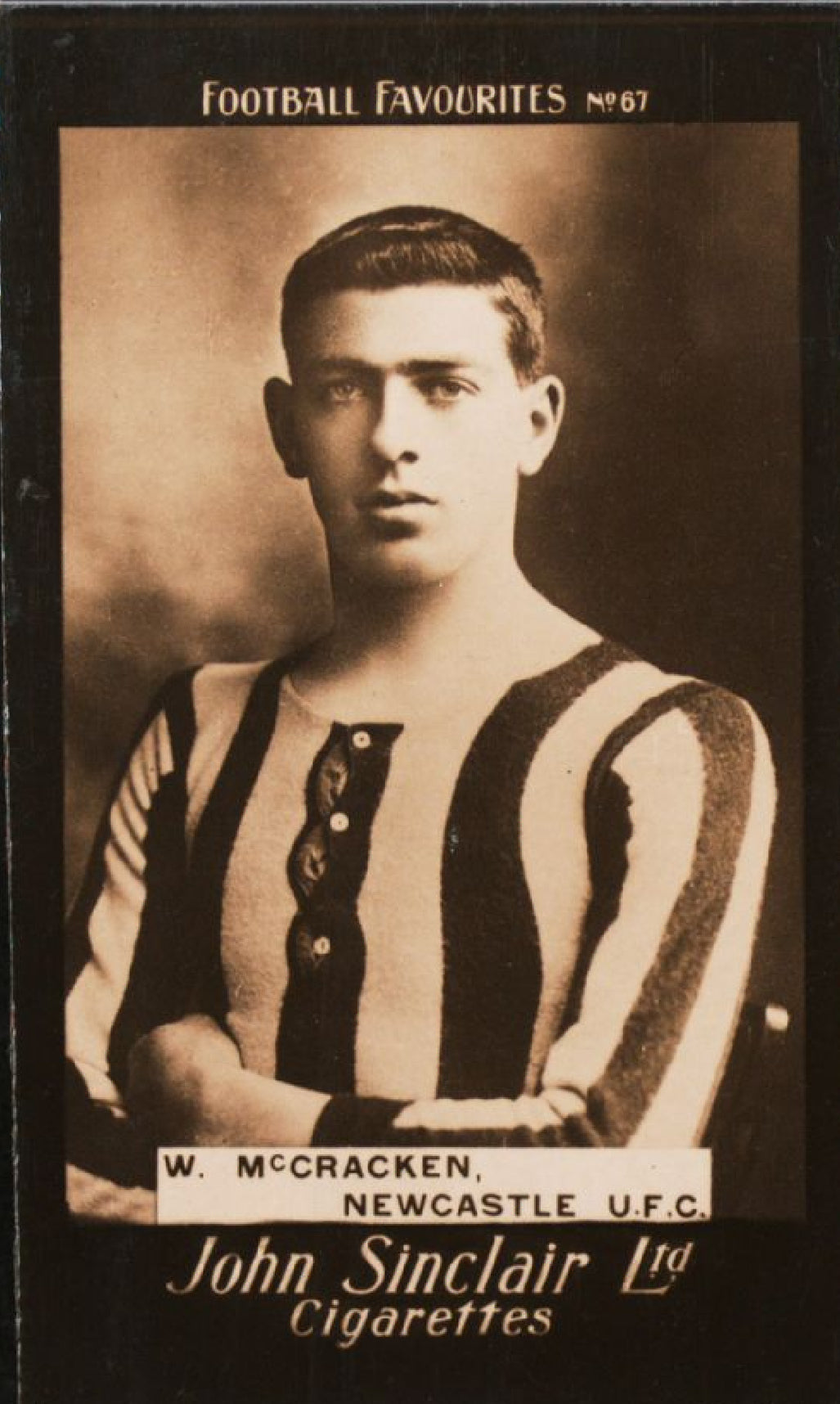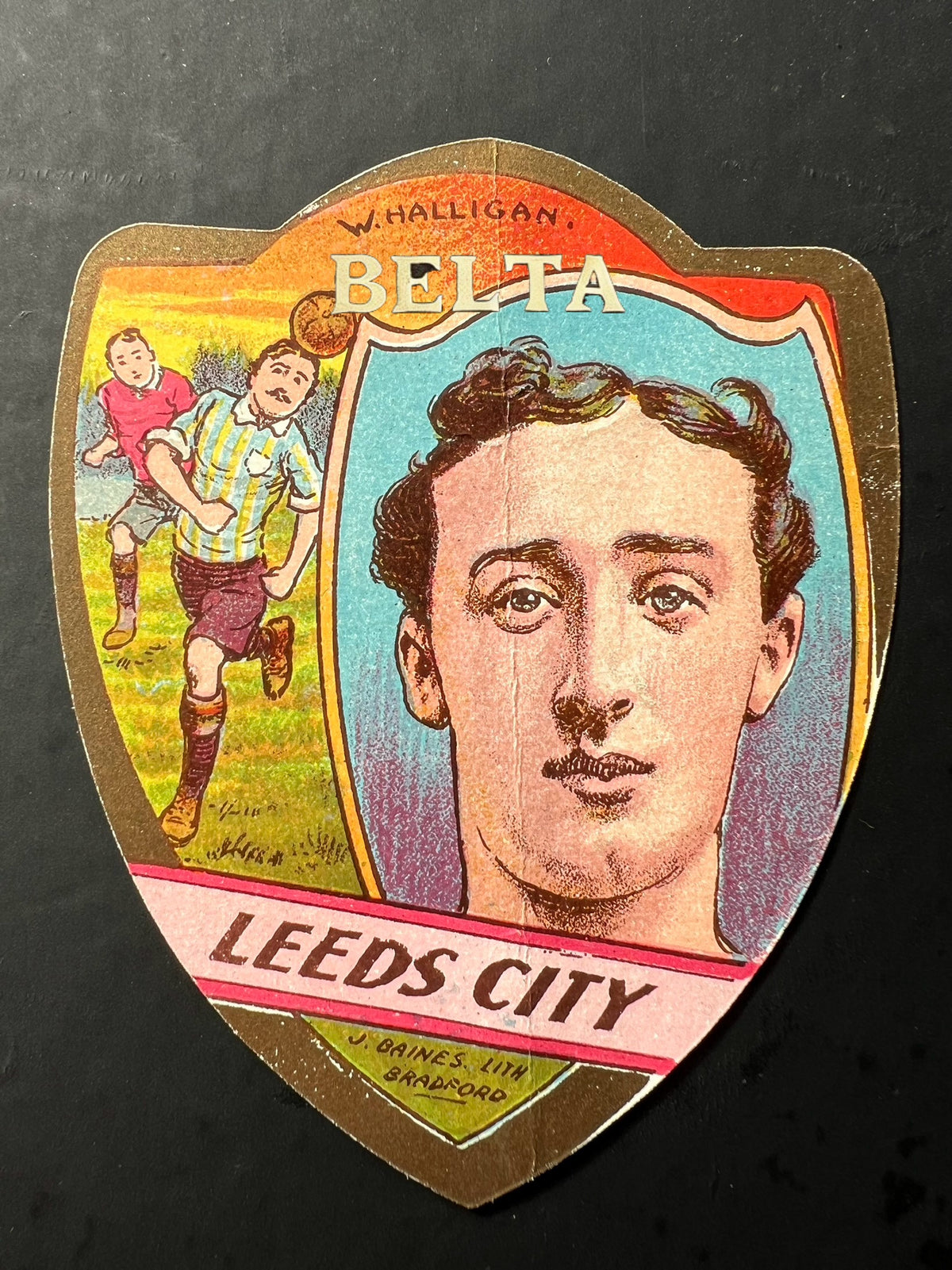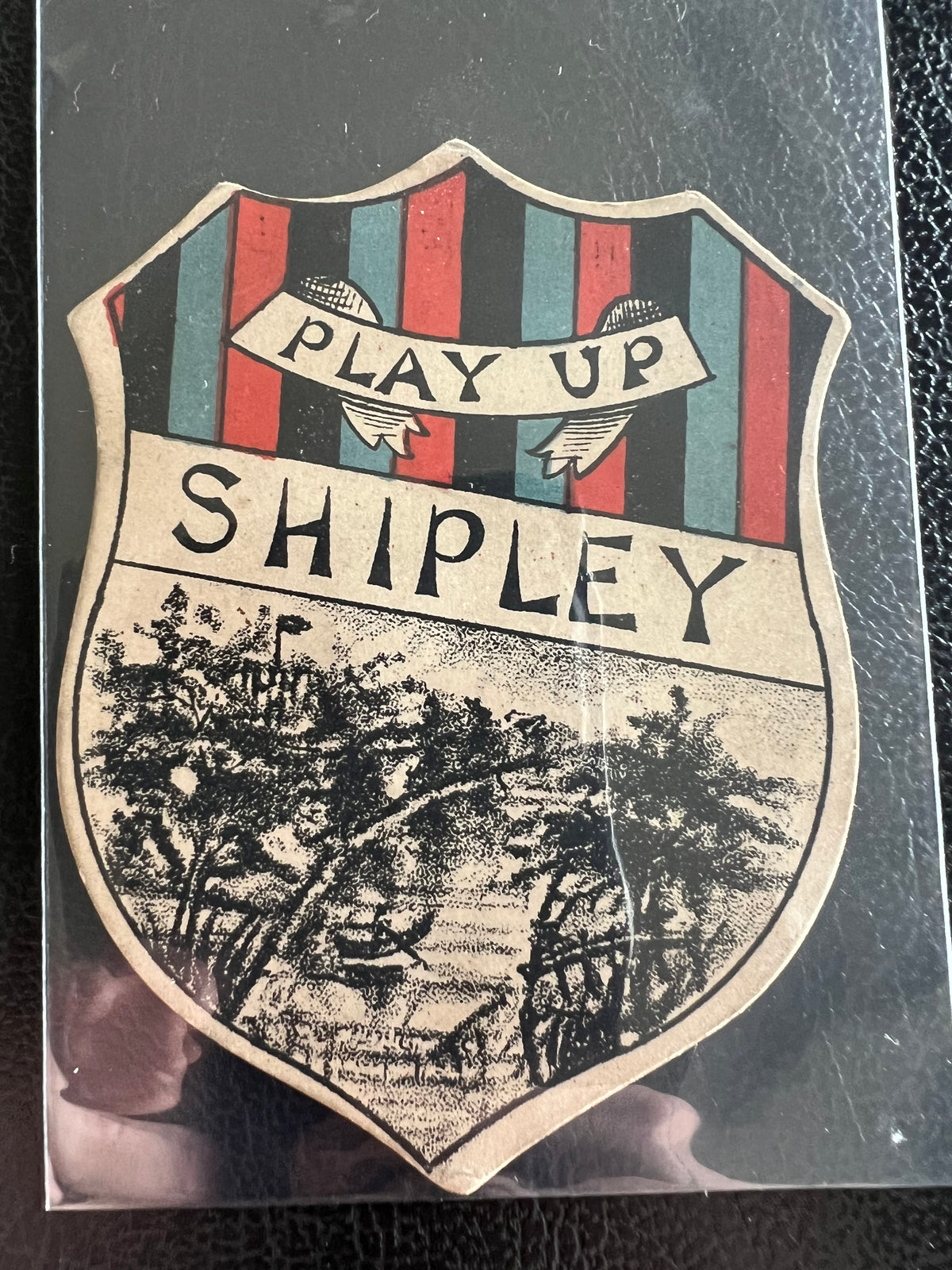Evaluating the rarity of early cigarette and trade cards requires a multi-pronged approach — especially since formal population reports (like PSA or SGC) are sparse for UK regional issues. Here’s a tailored framework you can use to assess rarity with precision and realism:
🧠 1. Surviving Population & Known Examples
• Checklist Completeness: Use sources like the Football Cartophilic Information Exchange to build a master list. Gaps in numbering or missing subjects suggest cards that may never have been issued or are extremely rare.
• Auction Records: Track appearances in ebay sold listings and with major UK auction houses (e.g. Griffin, Warwick & Warwick, Loddon, T&T Auctions, London Cigarette Card Co.). If a card hasn’t surfaced in 5–10 years, it’s likely scarce.
• Dealer Inventories: Scan specialist dealers’ stock lists. Cards consistently absent from inventories are strong candidates for rarity.
• Online Forums & Collector Groups: Engage with niche collectors who may have undocumented singles or partial sets. These anecdotal sightings can help triangulate scarcity.
📊 2. Print Run & Regional Distribution
• Issuer Scale: Some publishers like John Sinclair were regional tobacco firms — meaning print runs were likely in the low thousands, not tens of thousands like Wills or Players.
• Geographic Reach: Cards that were distributed primarily in one region will limit initial circulation and long-term survival.
• Series Structure: The numbering of cards will indicate size of set which is important.
📉 3. Condition Survival Curve
• Card Stock: Early cards oftern used thin, fibrous stock prone to foxing and edge wear. High-grade survivors are disproportionately rare.
• Album Mounting: Some cards were glued into albums, reducing the pool of clean backs.
• Environmental Damage: cards often stayed in family homes rather than being archived — meaning exposure to damp, light, and handling.
You can build a condition rarity index by tracking how often each card appears in Excellent or better condition versus Poor/Fair.
🔍 4. Star Power vs Obscurity
• High-Profile Players: Taking the John Sinclair 1908 set as an example cards of Steve Bloomer, Colin Veitch, Alf Common, and Bill McCracken are more likely to have been saved — but also more sought after, which drives up perceived rarity.
• Obscure Names: Cards of lesser-known players (e.g., R.G. Williamson or J.H.A. Carr) may have had lower print runs and less preservation incentive, making them genuinely rare.
One of the key determinants of value for USA based and increasingly international collectors, is Rookie card status. A concept from Baseball cards, the Rookie card is the card depicting the first year a player made their senior team debut. It can can affect value by 5-10x
🧾 5. Variant & Caption Errors
• Duplicated Numbers: The appearance of a cards at both #83 and #84 for example suggests a possible variant or printing anomaly — these are often rarer than standard issues.
• Caption Typos or Misidentifications: Cards with corrected or erroneous captions may exist in smaller quantities and are prized by specialists.
🧮 6. Build a Rarity Matrix
You can create a spreadsheet with the following columns:
• Card Number
• Player Name
• Club
• Known Appearances (Auction, Dealer, Forum)
• Condition Grades Seen
• Last Sale Date
• Estimated Survival Rate (Low/Medium/High)
• Rarity Score (1–5)
This lets you track rarity dynamically and adjust as new data emerges — perfect if data and detail is your style.
AI tools also now make such research possible in a fraction of the time. Give them try!




